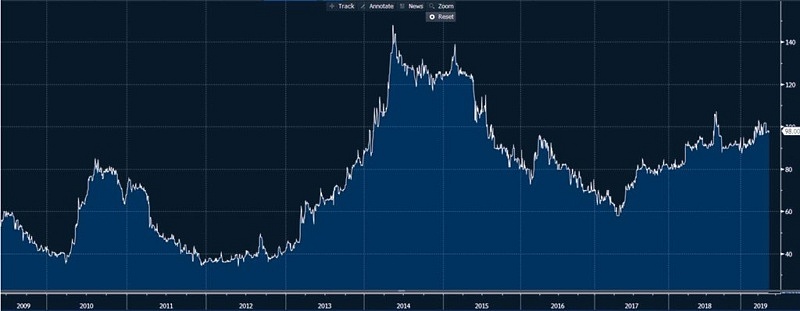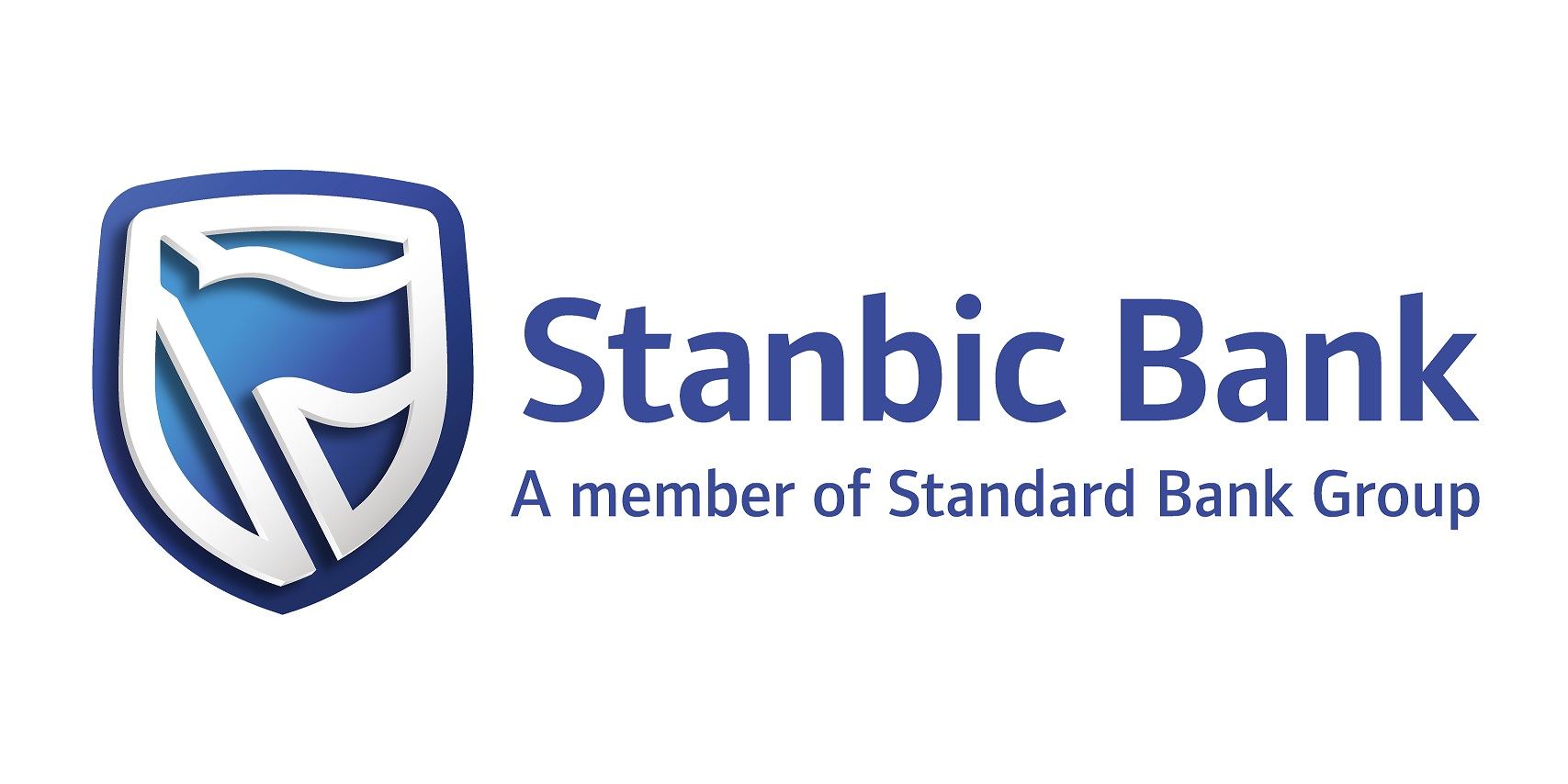Looking Back: On Unga Group
Looking Back is a series of blog posts dedicated to looking back on the last 10 years in the Nairobi Stock Exchange. Peter has been analyzing the performance of these stocks on his Twitter timeline and has graciously allowed us to convert his tweets into posts for your reading.
If you invested KES 100,000 in Stanbic 10 years ago, it would be worth about KES 284,000 in 2019. The reference date for this analysis is June 5th, 2019 to be precise. Compared to the other companies we have looked at so far (Safaricom and Unga Group Limited), this is a modest return of 11% per annum compounded.
In comparison, 10-year government bonds issued 10 years ago gave an average return of 11.25%. The only caveat is that the bond buyer would need to actively re-invest their income every time they received their interest payout to achieve these returns.
Back to Stanbic.
7% of this return came from price appreciation, while 4% came from dividends. It has had a choppy dividend payment record, with some good years, and some bad years as you can see on the table below:
| Year | 2009 | 2010 | 2011 | 2012 | 2013 | 2014 | 2015 | 2016 | 2017 |
|---|---|---|---|---|---|---|---|---|---|
| Dividend | 0 | 1.06 | 0 | 0.73 | 2.15 | 6.15 | 5.25 | 5.25 | 5.8 |
This stock has been more volatile than the Unga stock. E.g in 2014 and 2017, the price lost 60% of its value. This is not abnormal in the stock market, and to invest in stocks, one must have tolerance for such movements. The problem is that most people sell their stocks when they start losing value in an attempt to cut their losses, and buy when the stock is gaining. This is the worst strategy ever. Unless something that threatens the very existence of the business happens, you should never sell shares at a loss. Hold and wait.

My thoughts on Stanbic
This is one of those”meh” stocks for me. In an industry as exciting as banking has been for the last decade, the bank has not done much to carve out a clear niche in the market, and we can clearly see this in the price. I do not really have strong feelings for the stock – it is good it did not lose money, but I feel it underperformed at a time when the bank’s peers really did great.
Sometimes you will find yourself holding such stocks in your portfolio – remember we are not prophets, we cannot predict the future, and it is quite hard to only have winners. You can choose to either hold onto it for the dividend or seek to exit at a profit to buy something else. The goal ultimately is to diversify your stock holdings.



